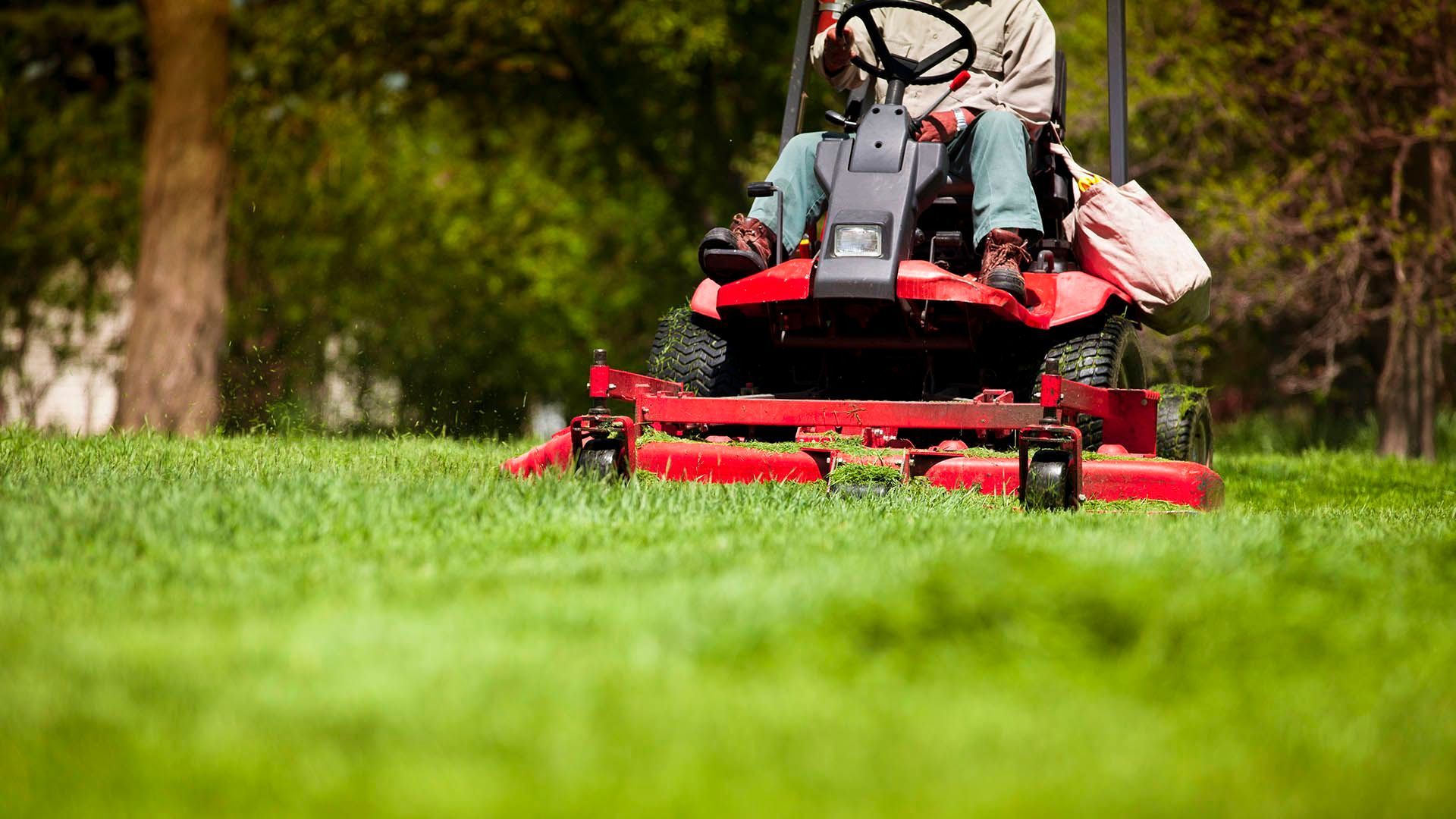Flowers You Will Find In British Wildflower Meadows
There are many different types of flowers that you will find in British wildflower meadows. This blog aims to expand your knowledge of the variety of types and as a grounds contractor which you may want to keep for aesthetic purposes.
Cowslip
The cowslip is a relative of the primrose. Its numbers have drastically declined as a result of the loss of ecosystems, which included traditional hay meadows, historic woods, and hedgerows. The cowslip is deeply linked to English mythology and custom, like many other spring flowers, and is used to decorate garlands for May Day and to line church pathways for weddings. They are bright yellow bell-shaped blooms with five petals each having a tiny indentation on the upper edge. On each plant, there are clusters of blooms that are protected by a long, green calyx that resembles a tube and all face in the same direction.
Wild Poppy
The Common Poppy has declined in the wild as a result of the advent of intensive agricultural practices, however, they were once thought to be weeds of arable fields. They are one of the most recognisable of all British wildflowers, they have large saucer-shaped crimson blooms. Other species exist but it is tricky to tell them apart. In terms of ground maintenance, a wild poppy demonstrates if a meadow is organic or if they’re using chemicals such as pesticides which can be harmful to ecosystems.
Red Clover
In the UK, red clover is a typical plant found in a variety of grassy settings, including lawns, pastures, roadsides, and meadows. Because of its capacity to fix nitrogen, it is cultivated as a fodder crop for cattle and has long been utilised in crop rotation systems. Red clover's leaves feature the recognisable trefoil form, with three green leaflets that are each marked with a white V. Roundheads of pinkish-red blooms are produced.
Forget-me-nots
The name is derived from a German romantic play in which a guy is walking with his girlfriend until he stumbles into a swiftly moving river. He yells, "Forget me not!" as he tosses a bunch of these flowers at her as he is carried away. They are blue funnel-shaped flowers with five stamens.
Honeysuckle
They are one of the greatest wildflowers for bees. The champagne flute blooms have evolved to be preferred by long-tongued bees over other pollen-rich species.
With hues ranging from creamy white to yellow to scarlet, and in the summer they are frequently delightfully fragrant. Usually, clusters of glossy red berries, ideal for birds, follow the blooms.
GMCB Ltd offers grounds care and
wildflower meadow management throughout Edinburgh, Glasgow and surrounding areas. We also provide advice on wildflower meadow management in the future as well as help maintain the meadow in its current state. Please
contact us for further information.
















